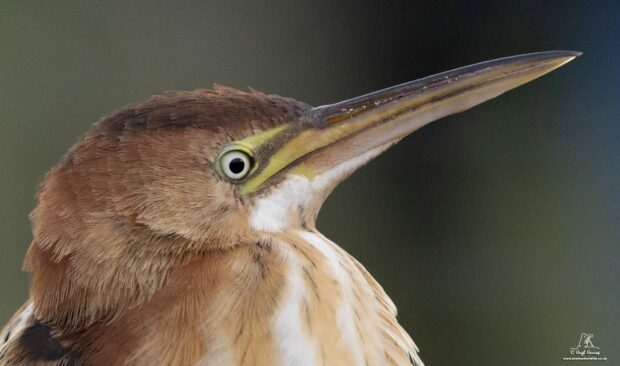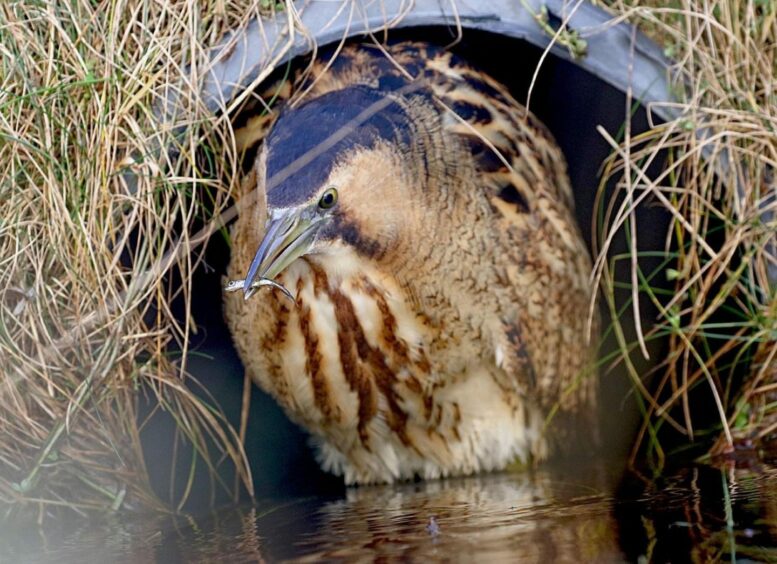The first Least Bittern bird to be seen in Britain has died just hours after being discovered in Shetland.
Birdwatcher Charlie Baker spotted the bird – a very small heron usually found in North America – in Scousburgh.
Due to the lengths the bird has travelled from, he was taken into care over fears he wouldn’t survive.
Hugh Harrop, director of Shetland Wildlife, stressed it was is not only a first for Britain, but a rarity for Europe.
He said: “This is about the 11th or 12th record for Europe, the trouble is we refer to something called the Western Palearctic, which is in Europe.
“We talk about the Azores, which is part of Europe technically, there has been about nine records from the Azores.
“There has also been one record from Iceland in 1970 and then one in Ireland in October 2019.”
On this day my missus found a 1st for Britain. What started as a picture resulted in the longest 20mins of my life as she raced to pick me up so I could ID. Least Bittern found at Spiggie Beach/Scousburgh Sands. A moment in history, well done Charlie. @BirdGuides @RareBirdAlertUK pic.twitter.com/2SKzxA1Knc
— Paul Baker (@Bakersbirding) October 7, 2022
Mr Harrop added: “It was discovered late afternoon, completely sat out in the open, it had obviously just blown across, it should be around water, but it was in the sand dunes.
“In most of these situations herons and things that have blown across the Atlantic are exhausted.”
Sadly, this morning it was announced that the Least Bittern had died.
Prior to the current bird, the last bittern to turn up in Shetland was the more regularly occurring Eurasian Bittern in December 2021 on the island of Whalsay.
This bird also suffered the rigors of a long journey and was taken into care, unfortunately dying after being found to be half the regular weight of this species.
Last year, a Slavonian Glebe was found underweight and freezing in the snow outside Westhill McDonalds in Aberdeenshire.
Alongside the Least Bittern, Mr Harrop reported there were also two other birds within close proximity from North America.
“What is amazing is that within a two-mile stretch of coastline, you’ve got the Least Bittern and two Myrtle Warblers, so there’s three American birds within two miles of each other,” he added.


Conversation